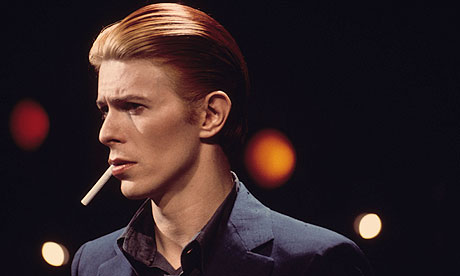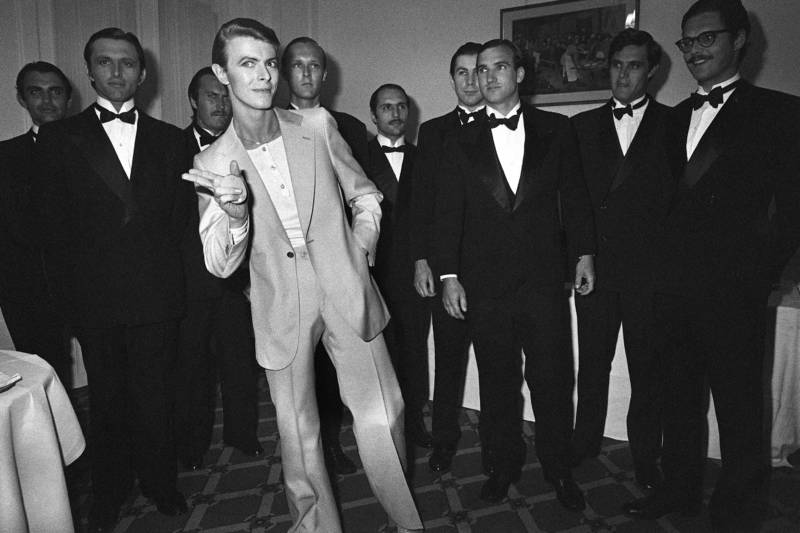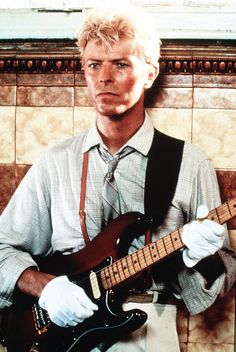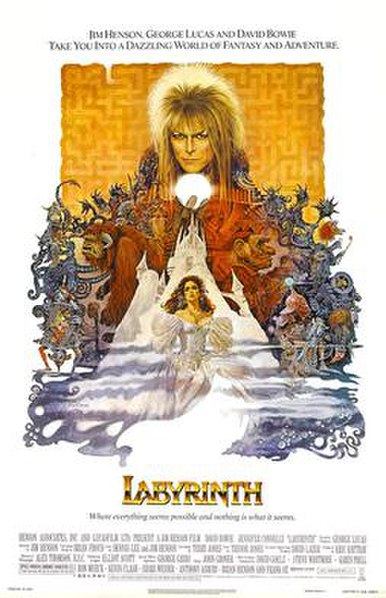By guest contributor Tony Bravo
Ten years have elapsed since David Bowie’s last album Reality was released, but fear not fans: Bowie’s new release The Next Day is currently streaming on iTunes and will be available for download March 12, 2013! (Watch Bowie’s first music video from the album “The Stars (Are Out Tonight)” with his doppleganger Tilda Swinton). Since emerging on the music scene in 1969 with his commercial breakthrough “Space Oddity,” Bowie has experimented aesthetically and musically more than any other major commercial artist of the last half of the 20th and early 21st century. Before there was Madonna or Gaga’s constantly morphing melodies, costume concepts and hair colors, Bowie was transitioning from Alien Acoustic to Glam Rock to Berliner Cabaret Gigolo to whatever he was doing with Mick Jagger in this video. Here’s a look back at some of our favorite moments in Bowie’s constantly evolving artistry (Tina Turner hair from his Labyrinth period included).
Ziggy Stardust and Extraterrestrial Glam

Space has been a reoccurring theme for Bowie in both his music and persona. Major Tom, the fictional astronaut of 1969’s “Space Oddity” begat Bowie’s first fully realized character creation, rock ‘n’ roll alien messiah Ziggy Stardust, the star of 1972’s concept album The Rise and Fall of Ziggy Stardust. Ziggy was flame-mulleted, platform booted, sexually liberated (bisexually liberated, actually) and every inch the personification of glam rock in everything from his over-the-top glitter stage wear to his decadent, transgressive lyrics (“making love with his ego” anyone?). With Ziggy, Bowie moved away from his earlier forays into acoustic and committed to electric hard rock in the vein of peers (and future collaborators) Lou Reed and Iggy Pop. The album not only produced the instant classic title track, but also the oft-covered “Suffragette City,” “Starman," “Moonage Daydream,” and the accompanying concert film showing Bowie at the height of his Ziggy excess.
A Lad Insane
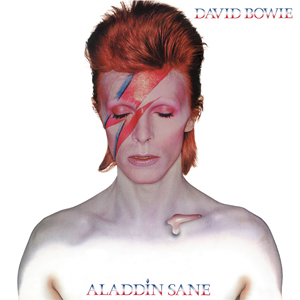
Aladdin Sane (a pun on the phrase “a lad insane”) has been described as an Americanized Ziggy Stardust: the glam look of the Ziggy years is still very present and the majority of the songs on the album were composed during Bowie’s 1972 tour of the States. The album, in addition to giving us “The Jean Jeanie,” “Cracked Actor,” and the forward looking doo-wop “Drive-In Saturday” also gave Bowie one of his most signature and lasting pieces of iconography with the lightning-bolt face paint featured on the album cover. The bolt dividing Bowie’s face was allegedly a commentary on Bowie’s feelings of duality as he struggled to come to terms with his fame. The album is also the first to deal with another reoccurring theme in Bowie’s career: the Brit’s mixed feelings on the American way of life. Christopher Sandford, in his Bowie biography Loving the Alien stated the album reflects that the Bowie of this period "was simultaneously appalled and fixated by America.”
Young Americans
